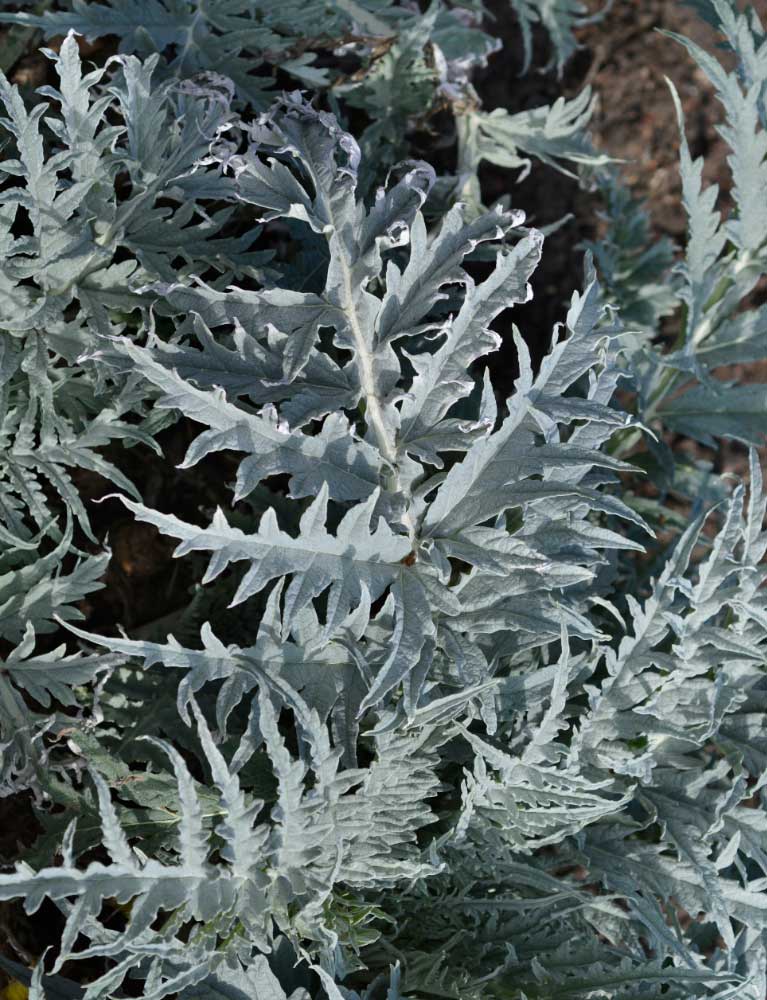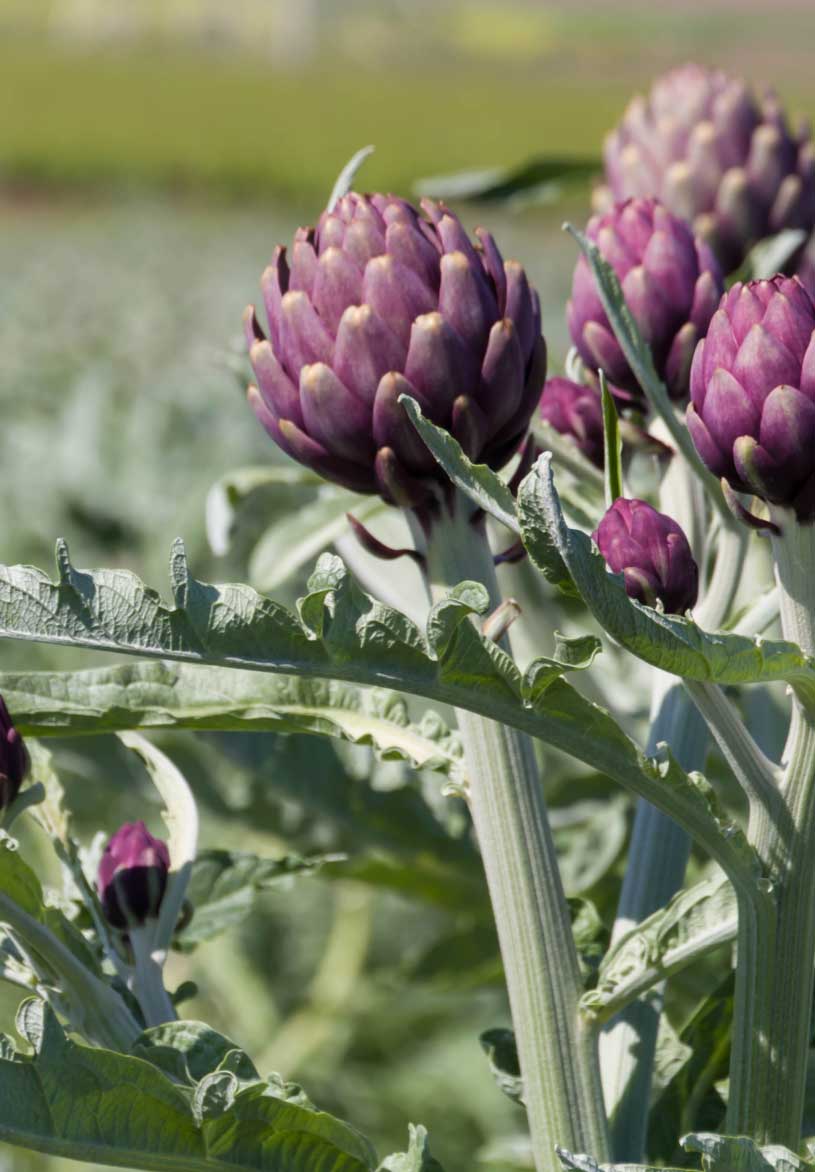
THE MULTITARGET SOLUTION FOR METABOLIC HEALTH
Why choose altilix™
altilix™ is a powder extract obtained from the leaves of a particular cultivar named Cynara cardunculus var. altilis DC standardized in chlorogenic acids and derivatives and luteolin-7- glucosides and derivatives.
Bioactive compounds contained in altilix™ have been shown to sustain the body improving the metabolism health, liver functioning and cardiovascular system.
SUGGESTED DOSAGE 150 MG/DAY

health benefits
artichoke
Characteristics, plant life cycle and seasonality
The artichoke (Cynara cardunculus) is one of the oldest vegetables grown in the Mediterranean area. It tends to grow in environments with mild, warm, dry climates without significant temperature changes. Artichoke is an herbaceous perennial plant that follows a natural growth cycle from October to May.
The stem can reach up to 150 cm in height and it produces inflorescences at the terminal position of its branches. The blue flowers are hermaphrodites and gathered in flower heads, formed by a basal part, the fleshy receptacle, also called the heart of the artichoke. The edible parts of the artichoke are represented by the stem leaves and the inner leaves, close to the flower heads.
The fruit, mistakenly called seed, is an elongated achene of grayish-brown color. It also features a cluster of long, feathery hairs called “pappo”, which facilitate the dissemination. Artichoke remains in its vegetative growth stage during autumn and winter. The right leaves’ harvest time is in late winter and the start of spring, by cutting them off at the base, while the rhizome, with its fleshy roots, is in July-August.


About artichokes
Uses, traditions and folk medicine
Since ancient times, artichoke has been cultivated in areas with temperate climates, specifically in the western Mediterranean. Its origins can be traced back to the Egyptian times, who used it for both phytotherapy and food purposes. It was introduced into Italy by the Etruscans, as evidenced by the various depictions on capitals and bas-reliefs in Egyptian and Oriental temples. Years later, Arabs discovered its presence in Sicily and started its cultivation, indeed, the current name comes from the Arabic “Karshuf”. Its botanical name, Cynara, comes from an ancient Greek legend.
According to the story, Zeus fell in love with a beautiful nymph named Cynara, because of the ash color of her hair. He proposed her to live in Mount Olympus as a goddess. She accepted but soon got tired of the Olympian life, so she returned without permission to her beloved home. When Zeus discovered the betrayal, he turned her into a thorny flower: the artichoke. Because of this unfortunate love story, the artichoke has always been considered a magical plant with aphrodisiac power. In addition to the curious stories behind this vegetable, its role in Mediterranean culinary tradition has always been relevant because of its particular flavor and its healthy nutrient content. Indeed, in traditional herbal use, the dried leaves have always been used for their choleretic and hepatoprotective activity, related to the cynarine content, a powerful antioxidant.
